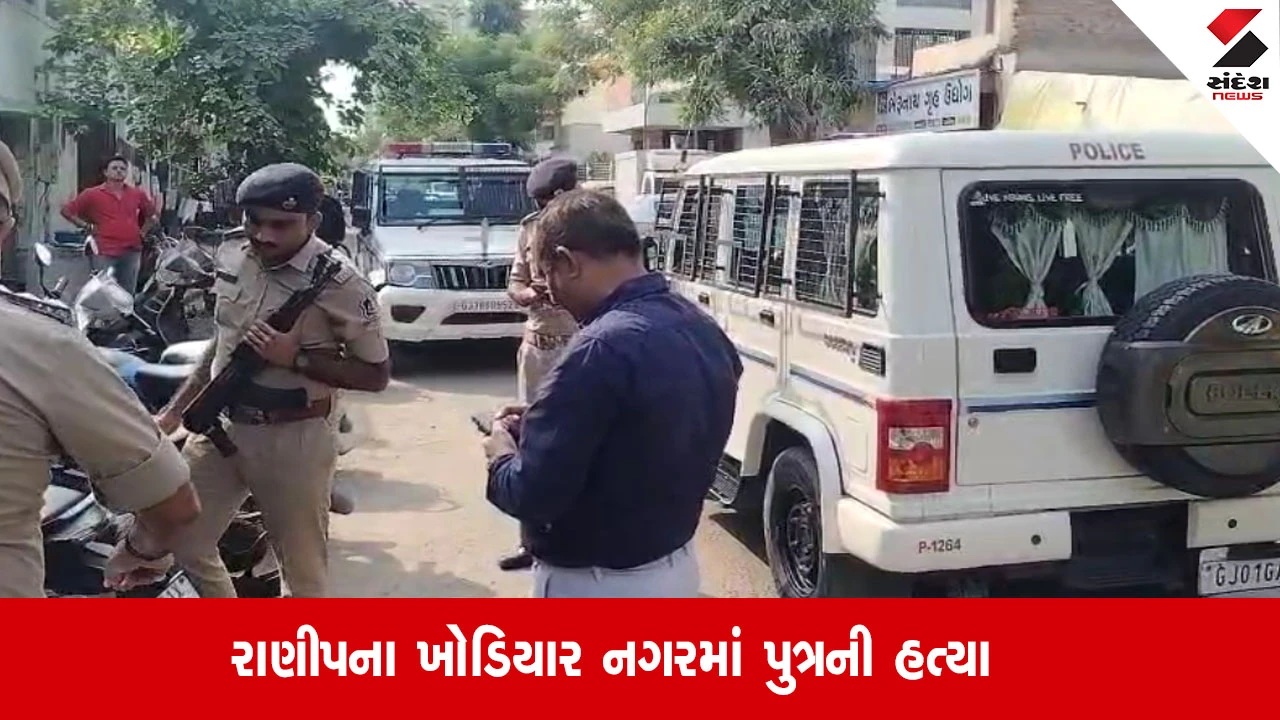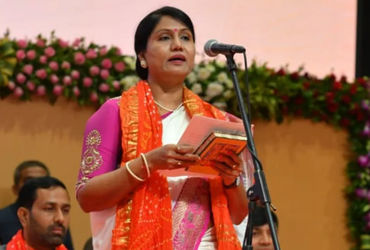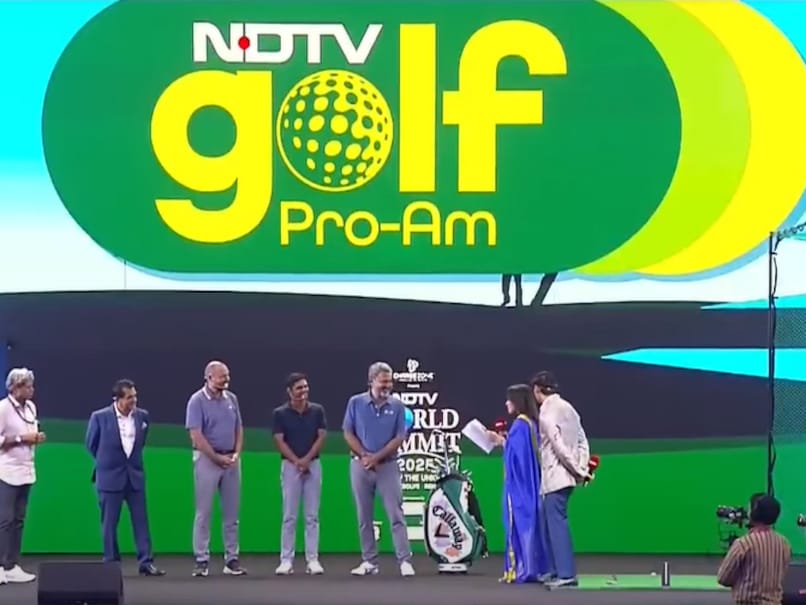‘Tareekh Pe Justice’: A vital book to understand how the justice system works (or doesn’t) in India

Join our WhatsApp Community to receive travel deals, free stays, and special offers!
- Join Now -
Join our WhatsApp Community to receive travel deals, free stays, and special offers!
- Join Now -

Much about the law and legal reform has been written from the standpoint of senior advocates and judges of the higher courts; people who have had a ring-side view of landmark cases – cases that have shaped our nation, laid down important legal doctrine and become part of our constitutional folklore.
But the evolution of law and the process of justice begins elsewhere. Away from the hallowed corridors of the constitutional courts, it begins in dusty, dimly lit rooms with rickety fans somewhere in a remote district, in the court of a magistrate or a civil judge.
In contrast to a constitutional court, where the litigants are often relegated to a distant viewing gallery that attracts only on occasional glance, here, in the magistrate’s court the litigant is front, right and centre. And so are the trial lawyers and judges.
And yet, these litigants and trial court judges and lawyers who inhabit these stories – the everyday foot soldiers of justice – have largely been absent from conversations about the judiciary and judicial reform. Their voices have remained unheard and their contributions unacknowledged and their problems unseen.
The struggles of trial court judges and lawyers
Prashant Reddy T and Chitrakshi Jain’s Tareekh Pe Justice: Reforms for India’s District Courts is a step towards...
What's Your Reaction?
 Like
0
Like
0
 Dislike
0
Dislike
0
 Love
0
Love
0
 Funny
0
Funny
0
 Angry
0
Angry
0
 Sad
0
Sad
0
 Wow
0
Wow
0























































